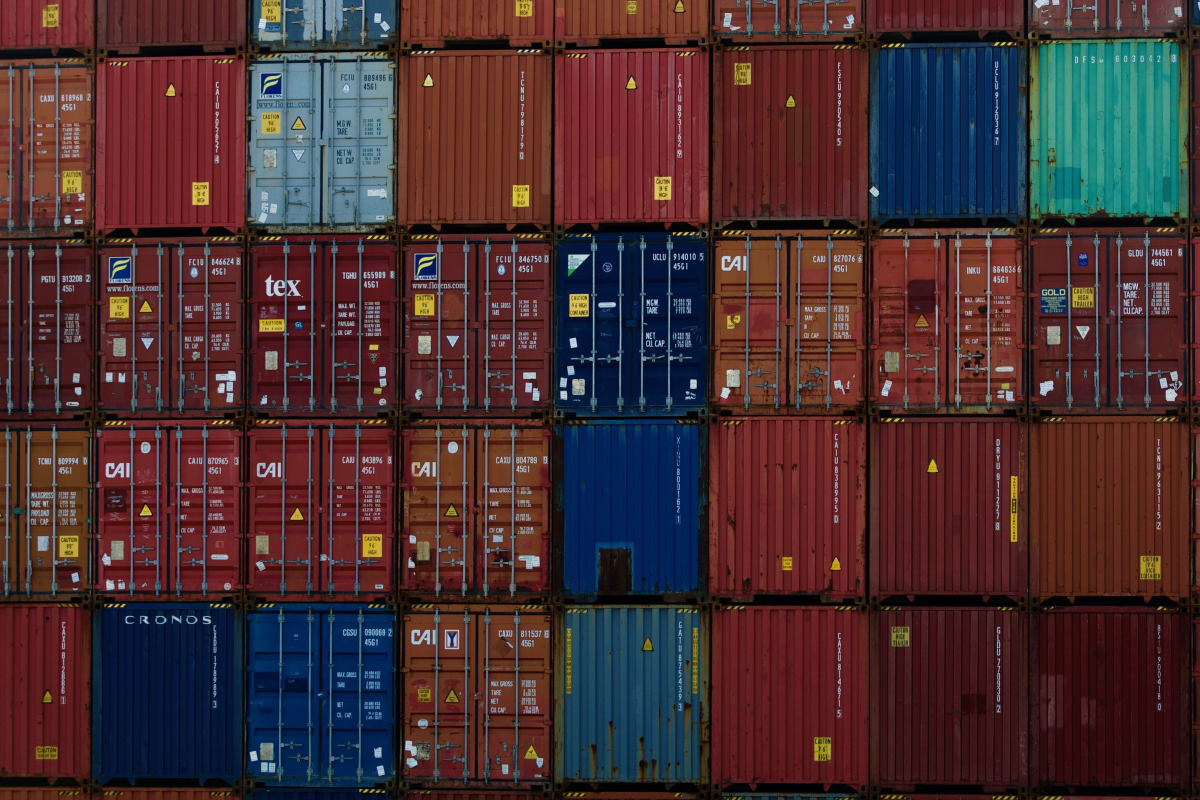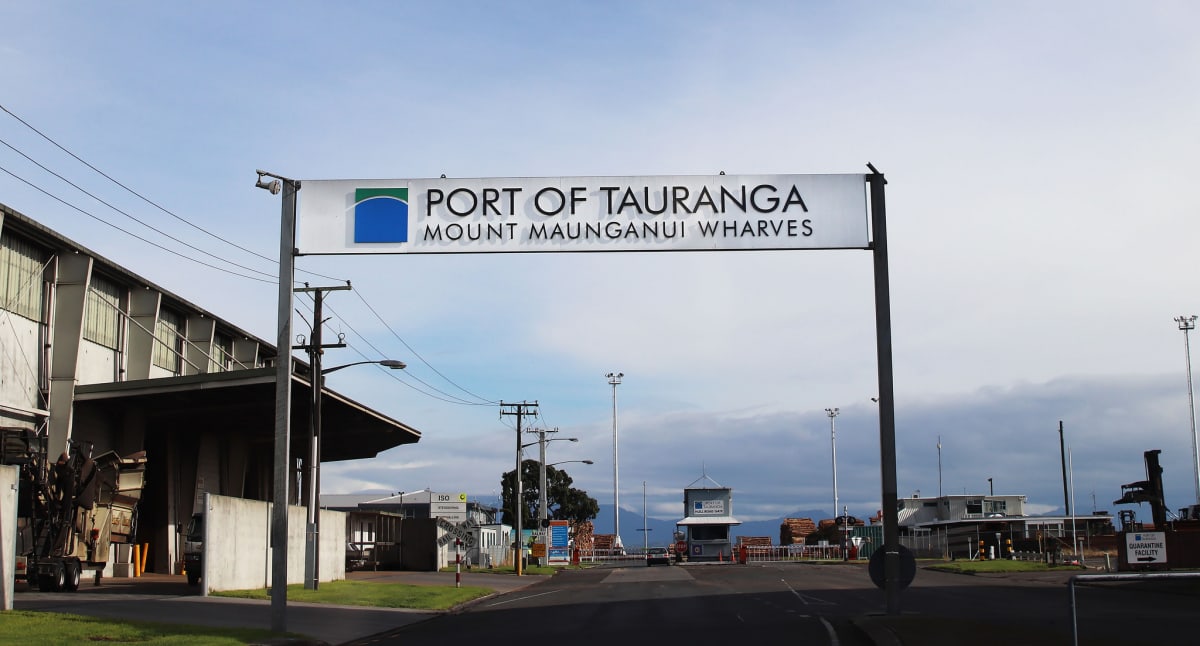
The Port of Tauranga berth extension and the automation projects are separate works, but the port says the construction of the two needs to be coordinated
The Port of Tauranga’s beleaguered attempts to get the all-clear to extend its wharves suffered another blow this week, but that's not stopping the country’s largest port from quietly working away on an automation project.
A long-awaited Environment Court hearing on the port’s resource consent application to extend its Sulphur Point and Mount Maunganui berths, along with dredging 1.8 million cubic metres of seabed from its access channel, was due to start this week.
But just as the pandemic is wreaking havoc on global supply chains, the 10-day hearing was felled on Monday by what the court calls “an emerging Covid cluster”.
This means the case will not be heard before 2023.
The Port of Tauranga - which is publicly listed but 54 percent owned by Bay of Plenty Regional Council - is crossing its fingers a new date will be set sooner rather than later, not least because any delay could impact work on an automation project for the port, the country’s largest container terminal.
The project involves rolling out automated stacking cranes which move containers around the terminal and stack them up to six high, double the number at the moment.
The technology is used in ports around the world, including the fully-automated Victoria International Container Terminal in Melbourne.
Automated ports have helped reduce supply chain chaos during the Covid pandemic, according to an article from Bloomberg.

“A study by McKinsey & Co found, done prudently, automating ports could slash operating costs [at US ports] by up to 55 percent and boost productivity by up to 35 percent,” the article said.
But it is not a panacea. Last month, Ports of Auckland announced it was abandoning its own automation project after years of delay and costs of $65 million in wasted software alone.
The project had failed to lift productivity and profitability, the Auckland Council-owned company said.
Port of Tauranga says the machinery involved in its own automation project is different to the automated container straddle carriers that flopped so badly at Ports of Auckland, although it is tight-lipped on what exactly its automation project will look like.
A spokeswoman told Newsroom it is currently considering options from four or five possible vendors in a request for proposal process, and is not prepared to share information until a supplier is selected.
While the beleaguered berth extension and the automation projects are two separate works, the spokeswoman says the construction of the two will need to be coordinated. This means any delay in the berth extension might affect the design and timing of the automation project, although the full impact is unknown.

The Covid-delayed Environment Court hearing is not the first setback for the berth extension. The project has been on the radar since 2003 and detailed planning began in 2019.
In 2020 and 2021, the port sought to have the project included in the Government’s shovel-ready and Covid fast-track consenting programmes.
Both applications were declined, but the port successfully argued the case should go straight to the Environment Court, instead of passing through the Bay of Plenty Regional Council resource consent process.
The Port of Tauranga handles about 42 percent of containers coming in and out of New Zealand.
According to the port’s mid-year report published in February 2022, the berth extension and dredging projects are critical to ease New Zealand’s clogged supply chain by easing cargo bottlenecks and catering for the ongoing trend toward larger vessels.
In 2018, a review by global container terminal expert TBA found the port’s current size would only be able to handle about 1.5 million 20-foot equivalent (TEU) containers per year. A berth extension would boost this to 3 million TEUs annually.
If recent growth rates hold, the port warns it will run out of capacity in the next three years. This means the $68.5 million project is becoming increasingly urgent, especially given the two-year construction time frame.
Newsroom asked the Port of Tauranga for more information on the automation project, but a spokeswoman said the port is not prepared to share information on the project until a vendor is selected.








